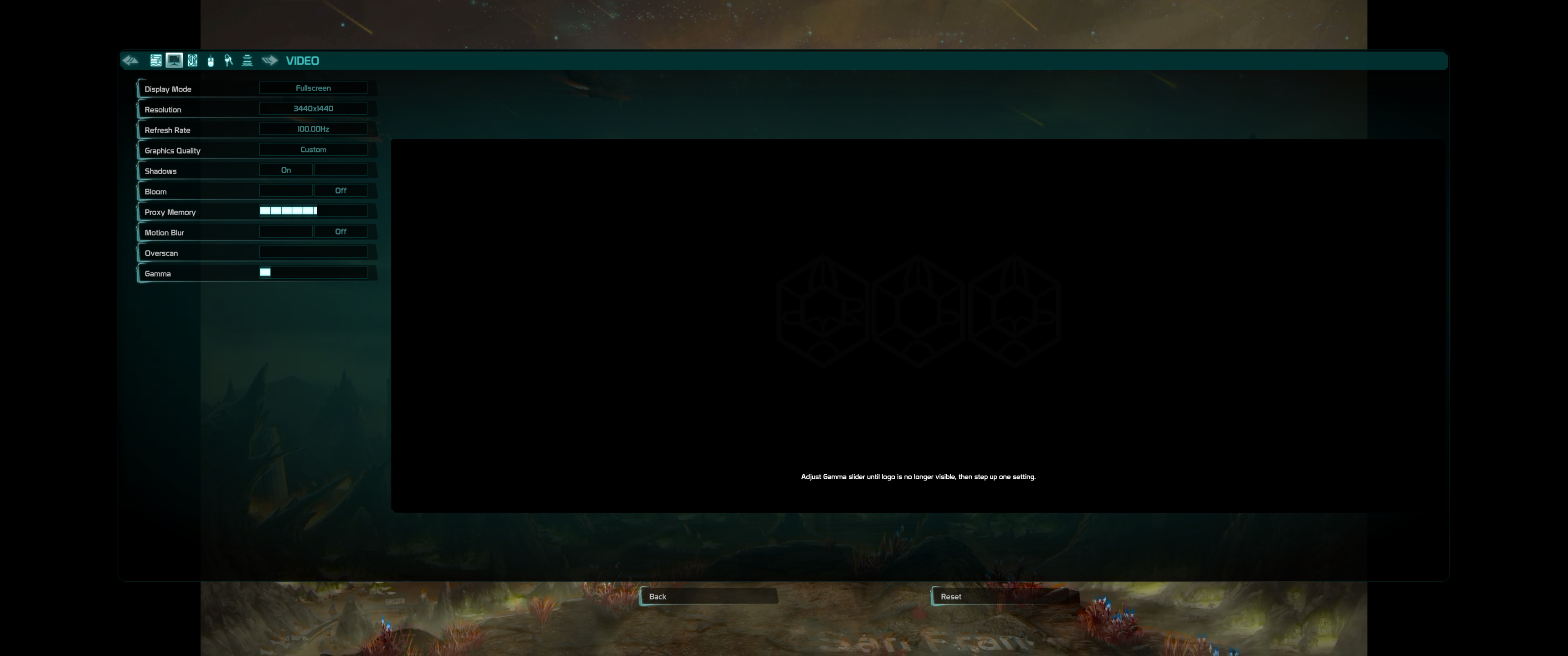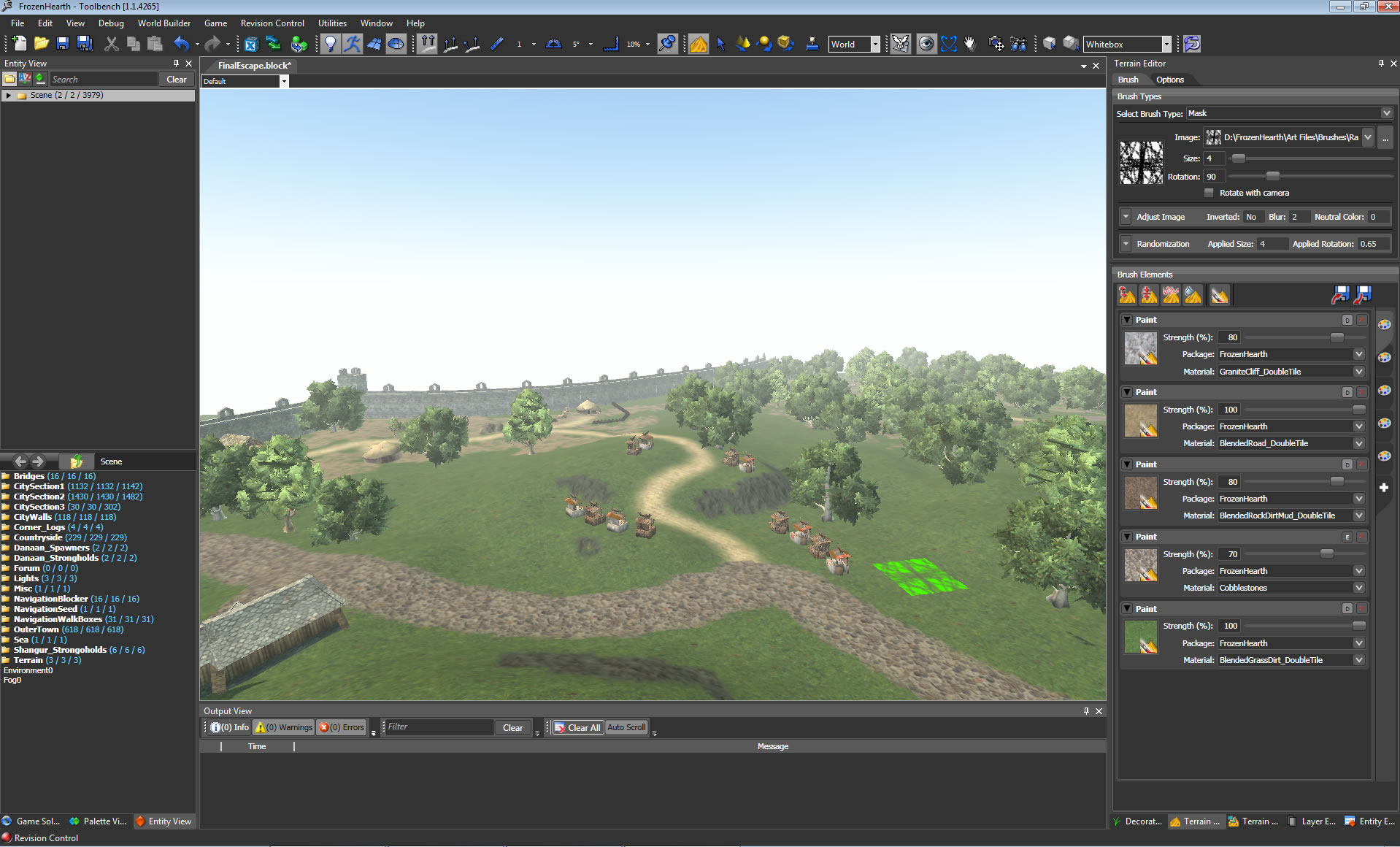

- #Gamebryo engine games crashing update
- #Gamebryo engine games crashing upgrade
- #Gamebryo engine games crashing mods
#Gamebryo engine games crashing upgrade
The Source 2007 branch represented a full upgrade of the Source engine for the release of The Orange Box. It was mentioned again by Gabe Newell in 2006 as a piece of technology he would like to add to Source to implement support for much larger scenes that are impossible with strictly polygonal objects. Image-based rendering technology had been in development for Half-Life 2, but was cut from the engine before its release. Episode One introduced Phong shading and other smaller features. The former, along with developer commentary tracks, were showcased in Half-Life 2: Lost Coast. HDR rendering and color correction were first implemented in 2005 using Day of Defeat: Source, which required the engine's shaders to be rewritten. The Source 2006 branch was the term used for Valve's games using technology that culminated with the release of Half-Life 2: Episode One. The high dynamic range rendering and Phong shading effects are evident.
#Gamebryo engine games crashing update
Both cases required markedly less work to update its version than competing engines.Ī screenshot of Half-Life 2: Episode One.
#Gamebryo engine games crashing mods
The release of Half-Life 2: Episode One and The Orange Box both introduced new versions of the engine that could not be used to run older games or mods without the developers performing upgrades to code and, in some cases, content. In practice, however, there have been occasional breaks in this chain of compatibility. With Steam, Valve can distribute these updates automatically among its many users. Different systems within Source are represented by separate modules which can be updated independently. Source was created to evolve incrementally with new technology, as opposed to the backward compatibility-breaking "version jumps" of its competitors.

Among others, Source uses Bink Video for video playback. Valve's development of Source since has been a mixture of licensed middleware and in-house-developed code.

Source was developed part-by-part from this fork onwards, slowly replacing GoldSrc in Valve's internal projects and, in part, explaining the reasons behind its unusually modular nature. the "Goldsource" engine, and the name stuck. When it came down to show Half-Life 2 for the first time at E3, it was part of our internal communication to refer to the "Source" engine vs. At least initially, the Goldsrc branch of code referred to the codebase that was currently released, and Src referred to the next set of more risky technology that we were working on. Over the next few years, we used these terms internally as "Goldsource" and "Source". At that point we forked off the code in VSS to be both /$Goldsrc and /$Src. When we were getting very close to releasing Half-Life (less than a week or so), we found there were already some projects that we needed to start working on, but we couldn't risk checking in code to the shipping version of the game. Valve employee Erik Johnson explained the engine's nomenclature on the Valve Developer Community: Carmack commented on his blog in 2004 that "there are still bits of early Quake code in Half-Life 2". Source distantly originates from the GoldSrc engine, itself a heavily modified version of John Carmack's Quake engine with some code from the Quake II engine.


 0 kommentar(er)
0 kommentar(er)
